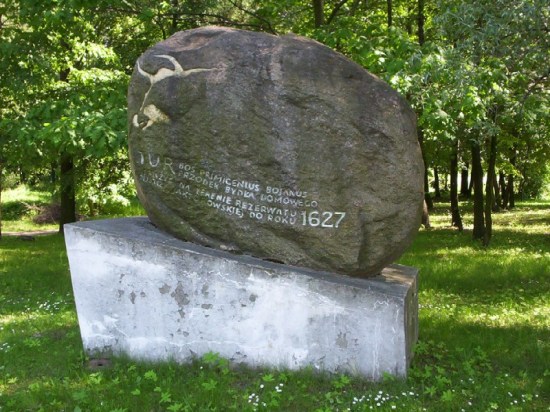If you’re like me, you probably take cows for granted. The big, lumbering, kinda cute animals have been with humans for thousands of years, serving as a source of milk and meat. How these animals came to be attached to humanity, however, is a much more complicated issue. Now, a team of international researchers believe that they know where all modern cows came from: A single herd of about 80 animals, somewhere in the Near East.
The domestication of animals is, by any measure, one of humanity’s greatest achievements. In the case of modern cows, they are descended from the ancient and extinct aurochs. These animals were extremely widespread but weren’t much like the cows we know today. Aurochs were not docile, they were not small, they were not easy to deal with. In fact, they were probably quite dangerous. Our best guess, based off archaeological findings, is that these beasts were first domesticated in the Near East some 10,500 years ago.
Hoping to better understand how aurochs were domesticated, the research team looked to cattle remains from the Near East — specifically, Iran — for remnant DNA of ancient cattle. Retrieving DNA from these old bones proved difficult, as the hot climate of Iran complicates the process of getting useful samples. However, the team was successful and carried out a thorough analysis of the ancient bovine genetic matter.
Specifically, the researchers were looking for the tiny differences in the genetic code between these ancient cows and modern cows. Using this information, the researchers were able to conclude that the only way these differences could have arisen was if all modern cows were descended from a single, small herd of about 80 female aurochs.
The small size of the herd is not surprising given the difficulties archaeologists expect early farmers faced with wild aurochs. Jean-Denis Vigne, a bio-archaeologist who worked on the study said:
A small number of cattle progenitors is consistent with the restricted area for which archaeologists have evidence for early cattle domestication ca. 10,500 years ago. This restricted area could be explained by the fact that cattle breeding, contrary to, for example, goat herding, would have been very difficult for mobile societies, and that only some of them were actually sedentary at that time in the Near East.
With this information, scientists hope to learn more about how animals were first domesticated by humans. For us non-scientists, this is the rare opportunity where we get a glimpse of the beginning of something. Until this study, researchers only had a vague notion of what early domestication would have involved. Now we know the number of animals, and we even have a rough idea of where it all happened. We can easily imagine a handful of people, working their small and unruly herd, completely oblivious to the gravity of their actions.
As fascinating as that beginning is, this story also has an ending. While we may be starting to understand the beginning of cows, we have already witnessed the end of the aurochs, the last of which died in Jaktorów Forest, Poland in 1627. It was a female, maybe not all that different from one in the small herd that brought one of humanity’s oldest companions and sustainers into the world.
To honor this last auroch, a monumental boulder with the inscription, “The Auruch – Bos primigenius bojanus, the ancestor of domestic cattle, lived in this forest Jaktorów until the year 1627.”

(Physorg via @JadAbumrad, image via Ian Mannion, auroch monument via Wikimedia)
- These are probably the happiest cows you’ll see today
- Second virus ever eradicated is deadly to cows
- These cows are really into jazz







